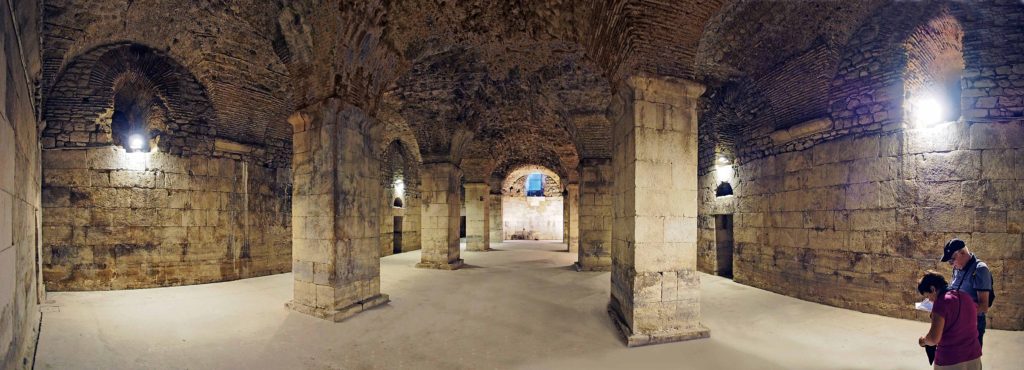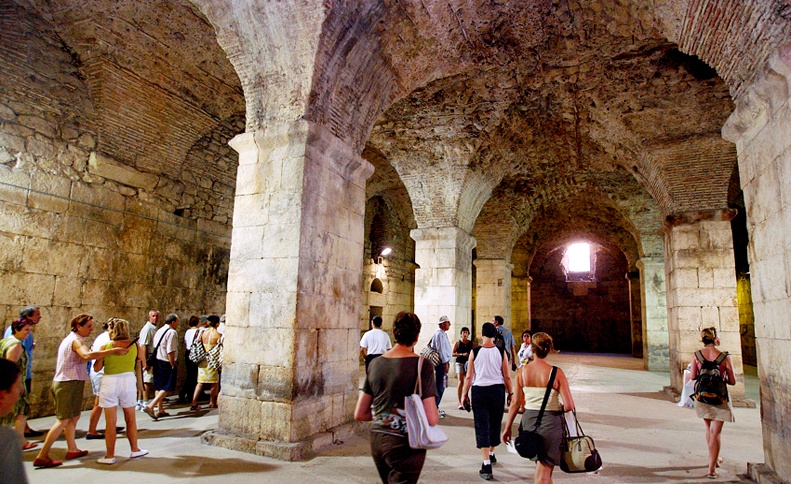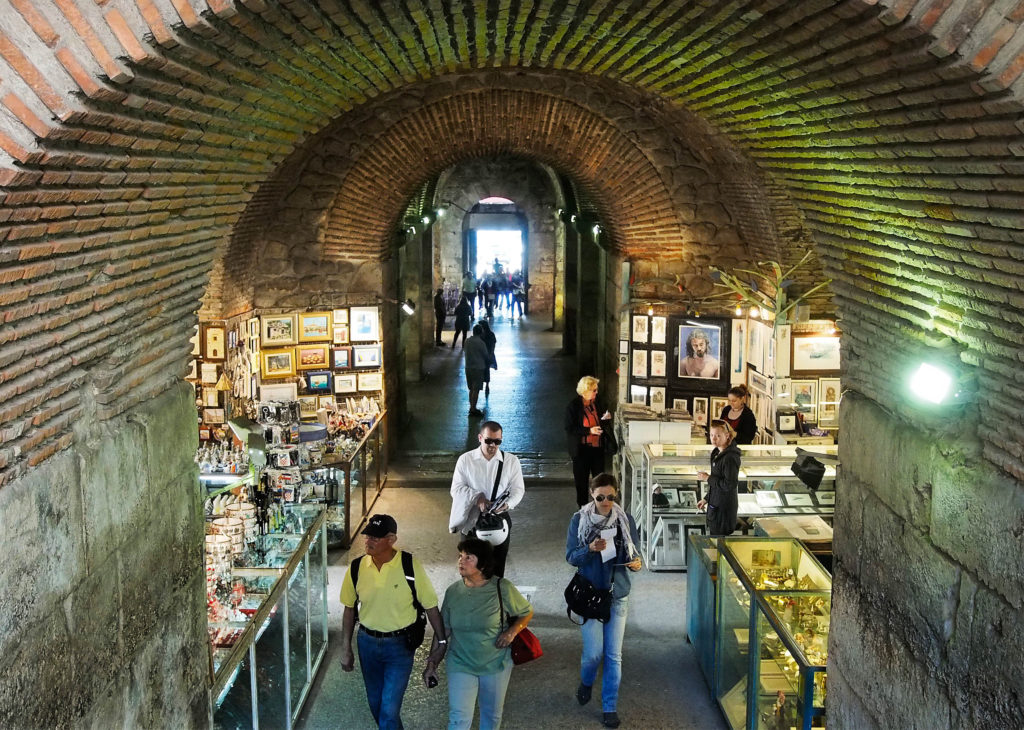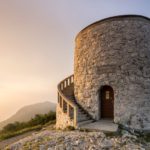The Diocletian Palace Substructures represent one of the best-preserved ancient complexes of their kind in the world and hence are in many ways responsible for the reason the historical core of Split was in 1979 included on the UNESCO’S World Heritage list.


In Roman times, their function was to elevate the Emperor’s chambers on the floor above, but they were also the storage area for the Palace. Being structurally a faithful replica of the chambers above, they enable a faithful reconstruction of the way the Emperor’s chambers looked like.
In the early Middle Ages, a part of them was used as a residential area, and in one of the halls, parts of an ancient oil and wine press (turnjačica) were found, remaining exhibited in the same spot to this day. With the residence construction within the Palace, the Substructures were turned into a waste pit for those households built above them. Cleaning of the Substructure’s halls was conceived and commenced in the mid 19th century by an architect Vicko Andrić, the first Split and Croatian conservationist, and today they have been excavated and reconstructed to the sixties of the last century. Only the eastern part became open for the public relatively recently, in May 1995.

The entrance to the halls of the Substructures today is through Porta Aenea, from the Riva, or down the stairs from the Peristyle. Today the Substructures are full of life. They regularly host painting and sculpture exhibitions, theatre plays, fairs like the International Flower Fair, gastronomic and oenological presentations, and many other social and cultural events.
The central hall, representing the main communication line between the Riva and the Peristyle, is a place to buy valuable souvenirs, and the rest of the Substructures is open for sightseeing as one of the greatest attractions of Split, frequently, besides Peristyle, a synonym for Diocletian Palace.
Author: visitsplit.com




